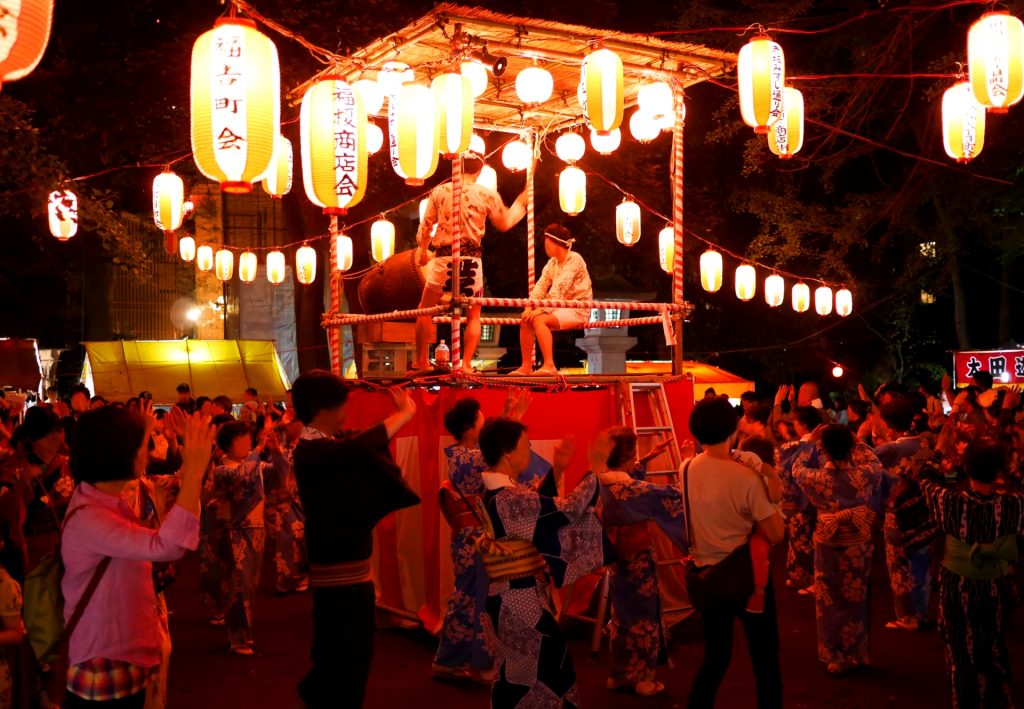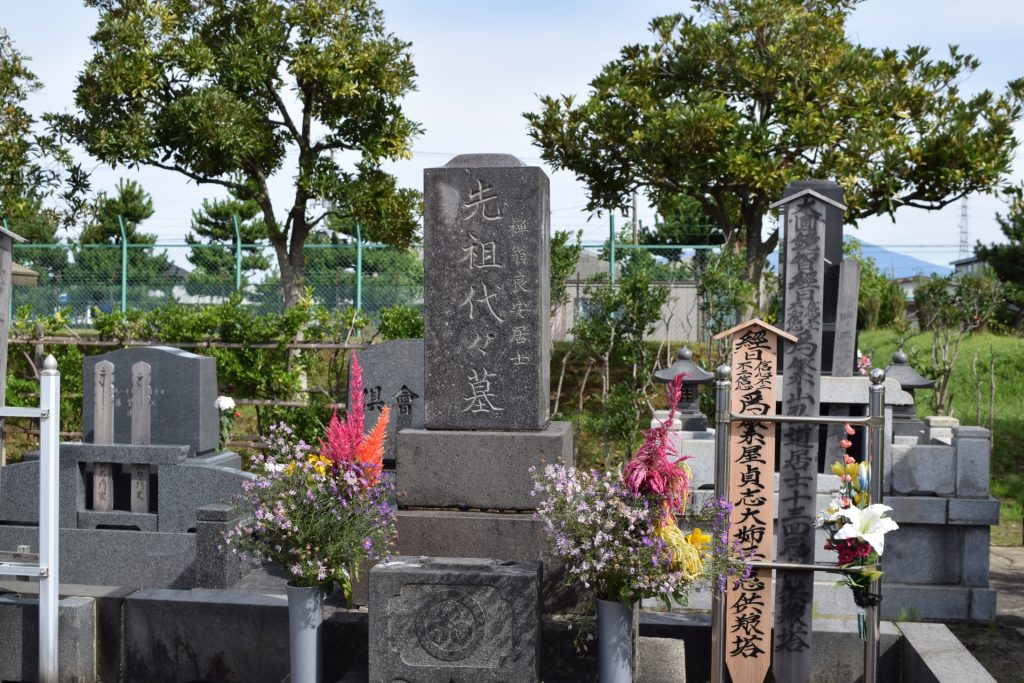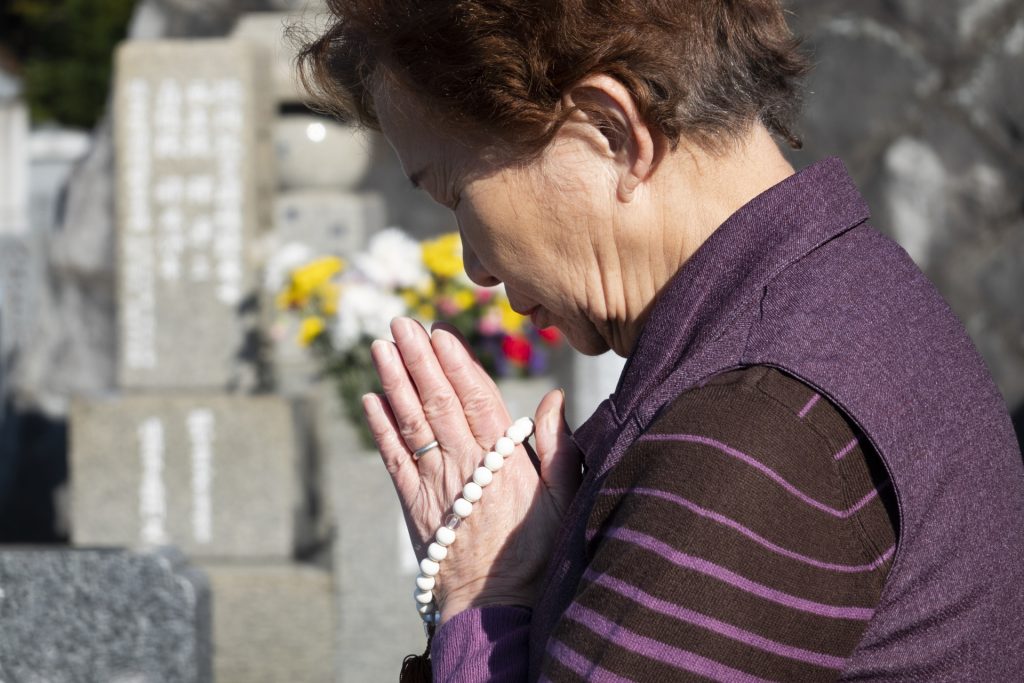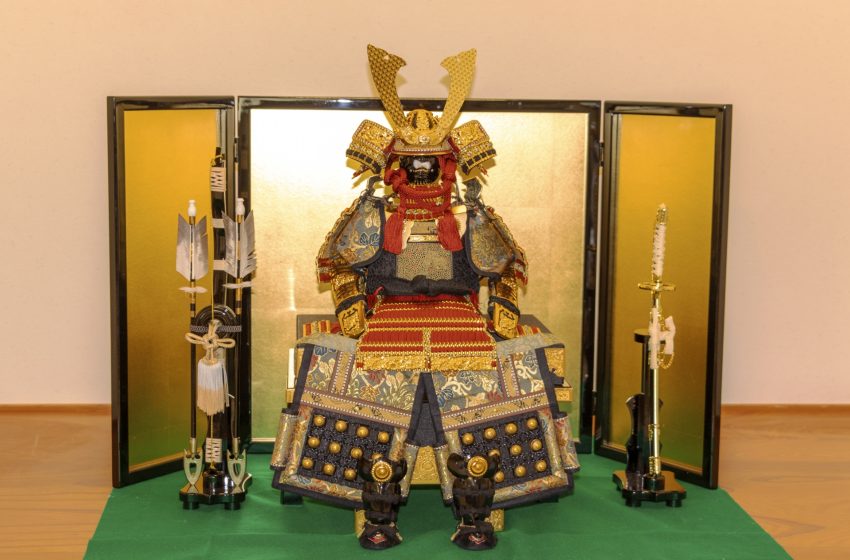
Tango no Sekku: Celebrating Japan’s Boy’s Day Festival
Tango no Sekku: Celebrating Japan’s Boy’s Day Festival
Hello, cultural enthusiasts and festival lovers! Today, we’re diving into one of Japan’s vibrant and colorful traditions – Tango no Sekku, also known as Boy’s Day or Children’s Day. Celebrated annually on May 5th, this festival is a time to honor the health, strength, and happiness of young boys in Japan. Let’s explore the history, customs, and festivities that make Tango no Sekku a unique and joyful occasion in the Japanese cultural calendar.
Understanding Tango no Sekku
Tango no Sekku, part of the larger Golden Week holiday, is a day dedicated to celebrating the boys in the family. Historically known as Boy’s Day (while Girls’ Day, or Hinamatsuri, is celebrated on March 3rd), it has evolved to focus more broadly on the happiness and well-being of all children. The festival’s roots can be traced back to ancient Chinese traditions and it was officially designated a national holiday in Japan in 1948.
The Symbols of Tango no Sekku
Koinobori (Carp Streamers): The most iconic symbol of Tango no Sekku is the Koinobori – colorful carp-shaped windsocks flown outside homes with young boys. The carp is chosen for its strength and determination, qualities that families hope to instill in their sons. The biggest carp represents the father, followed by smaller ones for each son.
Samurai Dolls and Armor: Reflecting the day’s focus on strength and bravery, families may also display miniature samurai dolls and armor, known as Gogatsu Ningyo, symbolizing courage and valor.
Iris Decorations: Irises are another important symbol of Tango no Sekku, believed to ward off evil spirits. Families may decorate their homes with iris leaves and flowers, and it’s also common to take baths infused with iris leaves (shobu-yu) for health and protection.
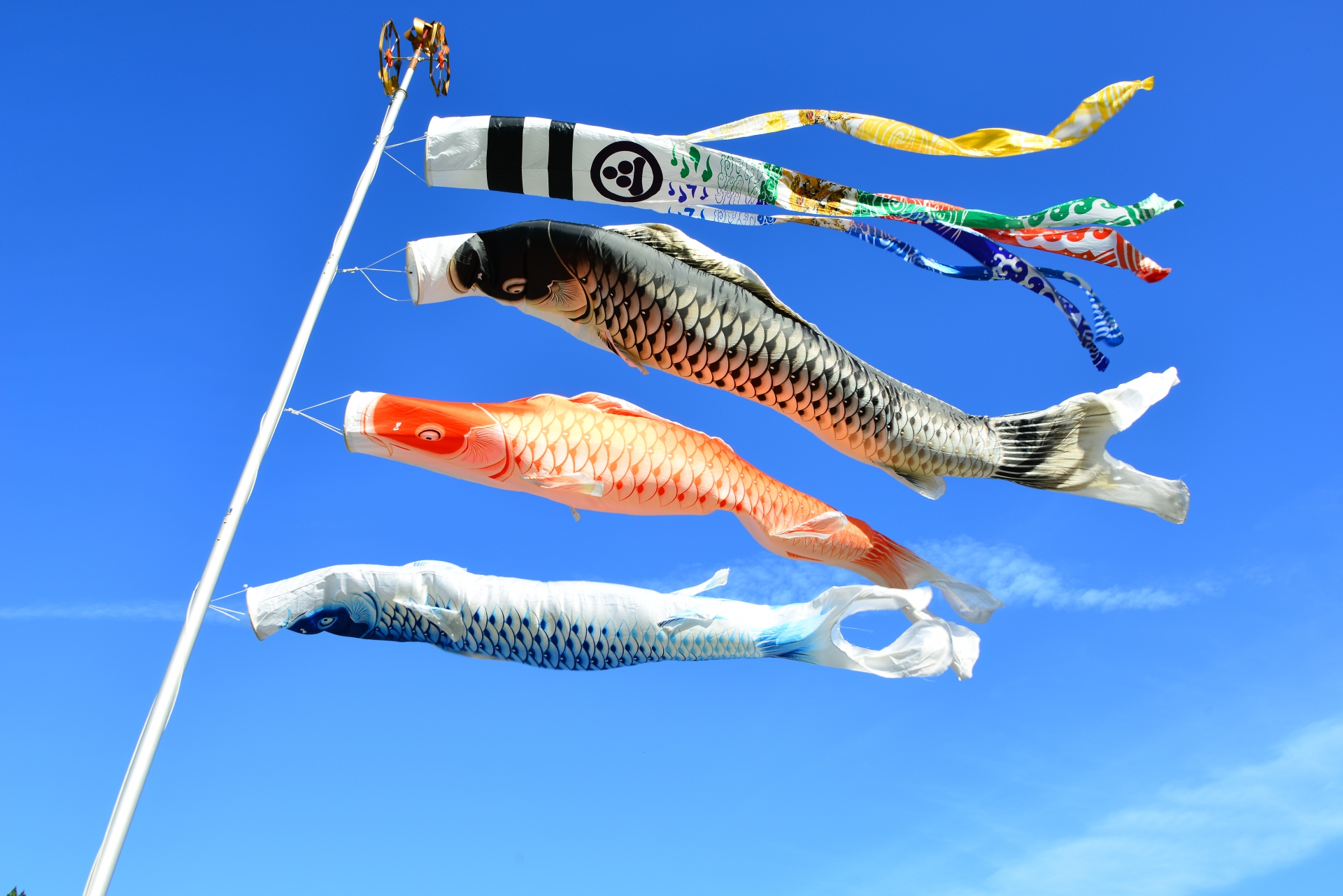
Celebratory Foods of Tango no Sekku
Special foods are prepared to celebrate Tango no Sekku, including:
- Kashiwa-mochi: Sweet rice cakes filled with red bean paste and wrapped in oak leaves, symbolizing strength and success.
- Chimaki: Sweet rice dumplings wrapped in bamboo leaves, originating from a traditional Chinese festival dish.
Modern Celebrations
While traditional customs are still observed, Tango no Sekku today is more inclusively known as Children’s Day, focusing on the happiness and well-being of all children. Families celebrate the day with various activities, from visiting local festivals to spending time together enjoying
the outdoors or engaging in sports and games. The holiday is an opportunity for families to express their hopes for their children’s future and to celebrate their growth and health.
Tango no Sekku Festivities
During Tango no Sekku, many communities across Japan organize festivals and events. These may include parades, martial arts demonstrations, and traditional performances. It’s a time of joy and vibrant activity, where the streets come alive with decorations and families partake in community celebrations.
Visiting Japan During Tango no Sekku
For travelers in Japan during early May, experiencing Tango no Sekku offers a unique insight into Japanese culture:
- See Koinobori Displays: Look out for the colorful carp streamers adorning the landscape, particularly in public parks and along rivers.
- Explore Local Events: Check out local festivals and events that may include traditional games, food stalls, and cultural performances.
- Try Festive Foods: Sample the special Tango no Sekku treats like Kashiwa-mochi and Chimaki from local confectioneries or festival food stalls.
Conclusion: Embracing Tradition and Joy
Tango no Sekku is more than just a children’s festival; it’s a vibrant expression of Japan’s rich cultural heritage and a celebration of the young generation. Whether you’re participating in the flying of Koinobori, enjoying the festive foods, or simply observing the day’s traditions, Tango no Sekku offers a glimpse into the heart of Japanese family life and cultural values.
So, let’s celebrate the strength, health, and happiness of children on this special day, embracing the spirit of Tango no Sekku and the joy it brings to families across Japan.
Happy Tango no Sekku! Here’s to a day filled with color, culture, and the cheerful spirit of Japan’s children.

